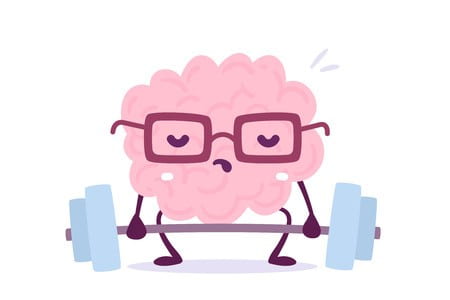
Teaching fractions can be challenging for students, particularly when it comes to performing operations with them. In my previous article titled “Unlocking the Secrets of Fractions (1): Definition & Representations” , I discussed the three main reasons why fractions can be difficult to understand. In this article, we will examine the significance of utilizing a balanced approach that makes fractions both understandable and enjoyable for students.
The Importance of Understanding the Procedures of Operating Fractions
When it comes to performing operations with fractions, students need to understand the procedures and the reasoning behind them. This means that students should understand why they are performing a certain operation and how it relates to the concept of fractions.
For example, when students are adding or subtracting fractions, they should understand that they are finding a common denominator and then adding or subtracting the numerators. When they are multiplying or dividing fractions, they should understand that they are multiplying or dividing the numerators and denominators separately.
By understanding the procedures and the reasoning behind them, students are more likely to retain the information and be able to apply it in new situations. This is in contrast to memorizing steps without understanding the concept behind them.
The Link Between Concrete and Abstract
When teaching fractions, it is also important to begin with the concrete and move towards the abstract. This means starting with hands-on activities and manipulatives, such as using fraction strips or circles, before introducing the abstract representation of fractions using numbers. This allows students to visualize and understand the concept of a fraction as a part of a whole before dealing with the abstract representation.
The link between the concrete and abstract is crucial in understanding fractions. When students can physically manipulate and visualize fractions, it helps them to understand the concept of a fraction as a part of a whole. This physical manipulation allows students to see the relationship between the numerator and denominator and understand that the numerator represents the part and the denominator represents the whole.
For example, when students are working with the fraction 1/2, they can see that it represents one part out of two equal parts. This understanding is crucial for students to be able to perform operations with fractions. Without a concrete understanding of the concept, students may struggle with understanding the procedures and the reasoning behind them.
Using Tricks in Teaching Operations with Fractions
Using tricks and shortcuts in teaching operations with fractions can be a double-edged sword. On one hand, they can be helpful for students who are struggling to understand the procedures and need a way to remember them. They can also be a useful tool for students who are struggling with the abstract representation of fractions and need a concrete way to perform operations.
However, there are also downsides to using tricks in teaching operations with fractions. One of the main cons is that they can lead to a lack of understanding of the procedures and the reasoning behind them. If students are only memorizing the steps of a trick and not understanding the concept behind it, they will struggle to apply it in new situations and may not be able to understand more advanced concepts in the future.
Another downside is that students may become too dependent on the tricks and shortcuts and not be able to perform operations without them. This can be problematic when it comes to testing and assessments, as students may not be able to perform the operations without the use of the tricks.
In conclusion, while tricks and shortcuts can be a useful tool for teaching operations with fractions, it is important to use them in moderation and to ensure that students are also understanding the procedures and the reasoning behind them. Teachers should balance the use of tricks and shortcuts with hands-on activities, conceptual understanding, and a balance between concrete and abstract representation of fractions. By providing a balanced approach, students will be able to understand the concepts, perform operations, and be ready to advance in their mathematical journey.
Examples of useful methods
Incorporating adequate methods and techniques into your teaching can help students to better understand how to operate with fractions. Here are some methods to convey the idea that fractions can only be added or subtracted if they have a common denominator:
- Use visual aids such as fraction circles or tiles. By physically manipulating these objects, students can see for themselves that it is not possible to combine two fractions if they have different denominators.
- Use an area model, where each fraction is represented as a rectangle. When students attempt to combine the rectangles, they quickly realize that it is not possible to do so if the denominators do not match. This concrete example helps them to understand the concept more intuitively.
- Use a number line to show students that the denominator of a fraction is the unit of measurement, and that it’s not possible to add or subtract measurements in different units.
- Use real-life examples, such as comparing two pieces of pizza, where one is sliced into 6 pieces and the other into 8 pieces, and ask students how they can add the 2 pieces together. This will help them to understand the idea that the denominator of a fraction is the unit of measurement, and that the unit of measurement must be the same to add or subtract.
To be continued ……